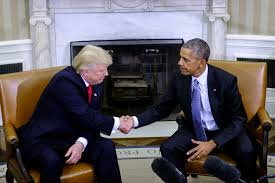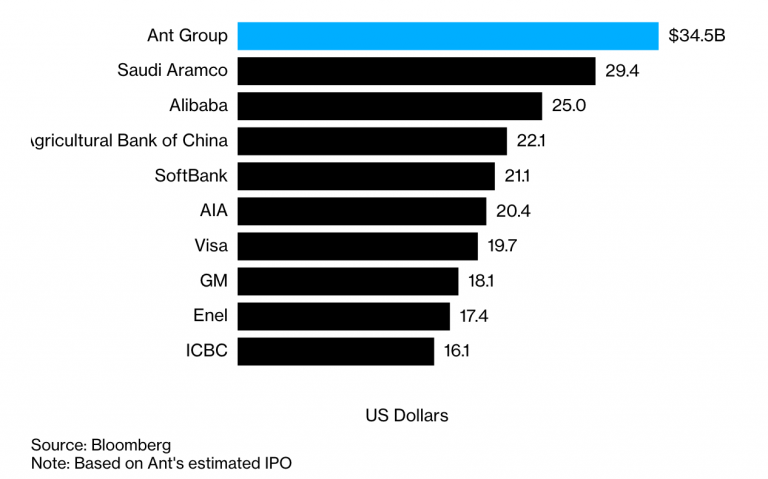
PESTEL is an acronym that stands for Political, Economic, Social, Technological, Environmental and Legal factors. PESTEL analysis is a framework used to analyse the macro-environmental factors that may have a profound impact on an organisation’s performance. This frameworks is particularly helpful when entering a new market or expanding a new business line.
Political Factors:
Monarchies, Democratically elected governments, Republics, Dictator regimes and every form of government that runs a nation and influence international policies influence the way business are conducted. The Government having the power to govern can influence policy, political stability or instability, corruption, foreign trade policy, tax policy, labour law, environmental law and trade restrictions.

Change of Governments and Regimes can be tumultuous for businesses
Furthermore, the government may have a profound impact on a nation’s education system, infrastructure and health regulations. These are all factors that need to be taken into account when assessing the attractiveness of a potential market. Democratically elected governments are elected by people and change every few years. A government that hold a polar opposite view of the previous government impacts businesses and creates uncertainty.
United States of America withdraws ‘Iran Nuclear deal’ is a fine caste study to examine how politics influence the business.
Economic Factors:
Businesses depend on production and consumption. While consumption directly depend on the economic factors or the economic strength of a country, production indirectly depends on Economy too. Generally a well developed economy has educated population, infrastructure to conduct business.
An economy with the power to consume has its consumption power derived from producing a commodity of value. The exception is a country plush with natural resources, that depends heavily on the natural resources for its Gross Domestic Production, which are called renting economies.

Most of the economies are expected to shrink due to Covid
These economies need to invest into infrastructure and human capital to diversify and reduce their reliance on the natural resources for the total production. Some of the examples of Economic factors are GDP, economic growth, exchange rates, inflation rates, interest rates, disposable income of consumers and unemployment rates. These factors may have a direct or indirect long term impact on a company, since it affects the purchasing power of consumers as well as the way companies price their products and services.
Harley-Davidson’s decision to exit India recently is one of the examples of economic factors influencing the business. While India is cheaper than many other developing economies, India has proven to be a tough market to crack for foreign automakers. General Motors pulled out of the country in 2017 while Ford agreed last year to move most of its assets into a joint venture with Indian vehicle giant Mahindra & Mahindra. With sales averaging under 3,000 units every year, the iconic American brand simply couldn’t capitalize on the big Asia opportunity it was betting on. Auto experts put the blame on the brand’s failure to drive up volumes and derive cost efficiencies by leveraging local tie-ups. This, coupled with prohibitively high taxes, a slowdown in discretionary spending and an inability to compete with Indian brands may have prompted the decision to call it quits.
“India is a high volume, low margin market. They weren’t structured to play that game, being at the very pointy end of the pyramid,” Hormazd Sorabjee, Editor of Autocar India told the BBC. “The lifestyle element that goes with owning a Harley bike is also not fully developed in India yet.”
Social Factors:
The social factors represents the demographic characteristics, norms, customs and values of the population within which the organization operates. This includes population trends such as the population growth rate, age distribution, income distribution, career attitudes, safety emphasis, health consciousness, lifestyle attitudes and cultural barriers. These factors are especially important for marketers when targeting certain customers. In addition, it also says something about the local workforce and its willingness to work under certain conditions.
When Kellog’s entered Indian market, they expected Indians to adapt and change their dietary habits. Few years later, they launched a new line of products made for the Indian market. This shows brands need to be aligned to the social norms of the country.
How it began. How it's going. pic.twitter.com/CtaJNPOx4a
— Manu Chandra (@Manu_Chandra) November 22, 2020
Technological Factors:
These factors pertain to innovations in technology that may affect the feasibility, operations of the industry and the market favorably or unfavorably. This refers to technology incentives, the level of innovation, automation, research and development (R&D) activity, technological change and the amount of technological awareness that a market possesses. These factors may influence decisions to enter or not enter certain industries, to launch or not launch certain products or to outsource production activities abroad. By knowing what is going on technology-wise, you may be able to prevent your company from spending a lot of money on developing a technology that would become obsolete very soon due to disruptive technological changes elsewhere.
Leonardo Da Vinci, an artist and an engineer, was fascinated by the phenomenon of flight for much of his life, producing many studies, including Codex on the Flight of Birds (c. 1505), as well as plans for several flying machines, such as a flapping ornithopter and a machine with a helical rotor.Some of those designs proved successful, whilst others fared less well when tested. Research performed by Marc van den Broek revealed older prototypes for more than 100 inventions that are ascribed to Leonardo.

Learnado Da Vinci’s Flying Machine
Similarities between Leonardo’s illustrations and drawings from the Middle Ages and from Ancient Greece and Rome, the Chinese and Persian Empires, and Egypt suggest that a large portion of Leonardo’s inventions had been conceived before his lifetime. Leonardo’s innovation was to combine different functions from existing drafts and set them into scenes that illustrated their utility. By reconstituting technical inventions he created something new.
To summarise, though Learnado Da Vinci and others before him have conceived the design, they did not have the technology to build it. The designs could only be tested with the advancement of technology. Some innovations such as ‘Mission to land on Mars’ have to wait for technological advancements to see the light of the day while others such as ‘Computers of 20th century’ are expected to be redundant due to technological advancements.
Environmental Factors:
The continuous increase in human population, urbanisation, , and the enormous strain the change in our life styles is putting on the natural resources and increasing global temperatures leading to Global warming. These key indicators impacting environment include weather, climate, environmental offsets and climate change which may especially affect industries such as tourism, farming, agriculture and insurance.

Vajont Dam – one of the tallest dam’s abandoned due to environmental impact
The Vajont Dam, a disused dam in northern Italy is an example of the adverse effects a project can have for not considering the environmental impact study. The Vajont Dam is one of the tallest dams in the world, with a height of 262 meters. The dam was conceived in the 1920s and eventually built between 1957 and 1960. On 9 October 1963, during initial filling, a landslide caused a megatsunami in the lake in which 50 million cubic metres of water overtopped the dam in a wave of 250 metres, leading to the complete destruction of several villages and towns, and 1,917 deaths. Although the dam itself remained almost intact and two thirds of the water was retained behind it, the landslide was much larger than expected and the impact brought massive flooding and destruction to the Piave Valley below.
A more recent example that is at the intersection of Political, Economic and Environmental factors is the loan being issued by SBI to Adani group for a coal mine project in Australia. Adani group’s coal mine project met with lot of resistance from the local communities due to environmental reasons. French Asset manager Amundi has warned SBI that it would divest the green bonds if SBI funds the Adani group’s project.
Legal Factors:
Although these factors may have some overlap with the political factors, they include more specific laws such as discrimination laws, antitrust laws, employment laws, consumer protection laws, copyright and patent laws, and health and safety laws. It is clear that companies need to
The IPO was on pace to break records. It had attracted at least $3 trillion of orders from individual investors for its dual listing in Hong Kong and Shanghai, and in the preliminary price consultation of its Shanghai IPO, institutional investors subscribed for over 76 billion shares, more than 284 times the initial offering tranche.
China Halts Ant Group’s IPO, Throwing Ma Empire Into Turmoil. Chinese authorities didn’t give much detail about the issues behind the suspension, beyond saying that the much-anticipated debut couldn’t go ahead because there had been “significant change” in the regulatory environment.

Ant Group’s IPO could have set a record
The company will have to make changes that include capital increases at its lucrative micro-lending units, according to people familiar with the matter. It will also have to reapply for licenses for the units to operate nationwide, the people added, asking not to be identified discussing a private matter.







